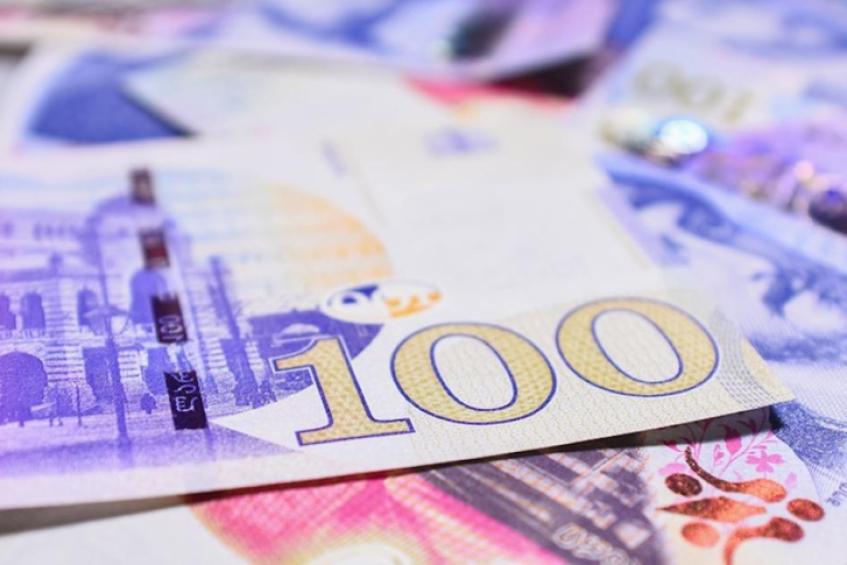
Governor of the National Bank of Georgia (NBG), Natia Turnava, emphasized the importance of rebuilding foreign currency reserves while assuring that the central bank closely monitors market conditions.
“It is very important for us to replenish reserves, but we continuously monitor the market situation,” Turnava said.
She reported strong inflows in May, driven mainly by exports and remittances. Remittances grew by around 12%, and exports rose by 15.7%. Notably, local exports increased by over 10%—a key metric for the central bank.
“This is significant because re-exports account for a large portion of total exports. The steady growth of local exports is a crucial indicator for us,” she explained. “Exports and remittances were the main drivers of inflows during the spring-summer period.”
Turnava also noted a continued trend of larization—conversion from U.S. dollars to the Georgian lari—especially among businesses.
“If someone held excessive dollars during the period of uncertainty, they are now converting them. This trend is helping stabilize the currency,” she said.
She attributed the recent stability of the lari not only to NBG’s market interventions but also to broader macroeconomic strength.
“The period of uncertainty was short-lived. Our interventions helped, but the foundation of macroeconomic stability played a major role. The lari has remained stable, and de-dollarization is progressing. The share of lari-denominated deposits has risen by about 1.2%, bringing us closer to a 50/50 currency balance compared to 75% dollarization 15 years ago.”
Turnava emphasized that growing confidence in the lari is supporting an increase in larization and improving the overall dollar supply in the market—benefits that the central bank is leveraging.
She also addressed the dynamics of reserve usage, noting that while reserves are being replenished, they are also deployed to meet obligations such as external debt servicing.
“Our goal is to keep reserve accumulation on a positive, upward path. Remarkably, even as commercial banks purchased dollars for dividend payouts—a period that typically puts pressure on reserves—we managed to continue building reserves without disruption. The market absorbed the demand smoothly, and our reserve accumulation remained on track,” she concluded.
0
0
One US dollar trades at GEL 2.6984
19/12/2025










